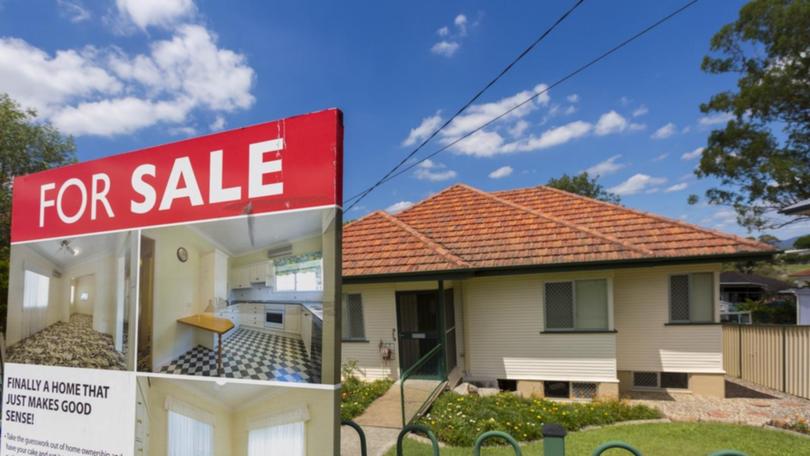National inflation rate slides to 4.3pc in November from 4.9pc as hopes increase for relief from rate rises

Australia’s inflation rate fell again in November, new figures show, reigniting hopes that further interest rate hikes will not be needed.
The national annual rate of inflation was 4.3 per cent in November, figures on Wednesday from the Australian Bureau of Statistics show, down from 4.9 per cent in October. It is the smallest annual increase since January 2022.
The Reserve Bank of Australia has hiked interest rates from 0.1 per cent in May 2022 to 4.35 per cent in November last year in a bid to push down inflation that peaked at nearly 8 per cent in 2022.
Sign up to The Nightly's newsletters.
Get the first look at the digital newspaper, curated daily stories and breaking headlines delivered to your inbox.
By continuing you agree to our Terms and Privacy Policy.There have been concerns inflation will be slow to return to the RBA’s 2 to 3 per cent target this year, but some analysts expect the rate hikes to date are sufficiently weighty to do so without further action this year.
The monthly data is volatile and the RBA will wait for further, quarterly data due at the end of the month to fully inform its next interest rates decision in early February.
ABS head of prices statistics Michelle Marquardt said once volatile items — such as petrol, fruit and vegetables and holiday travel — were removed from the reading, the inflation rate was 4.8 per cent, down from 5.1 per cent in October. This is important because the RBA has been concerned whether inflation would be persistent due to underlying demand for services — prices for which are not volatile.
“Annual inflation for food and non-alcoholic beverages remains elevated for most categories,” Ms Marquardt said.
“Exceptions were categories with predominately fresh food such as meat and seafood and fruit and vegetables, which continue to have low inflation due to favourable weather conditions increasing supply and keeping prices lower.”
Ms Marquardt said price rises would have continued — and substantially so — for rents and electricity prices were it not for government rebates and increased assistance.
Elsewhere, insurance costs jumped 16.3 per cent in the year to November, up from 14.7 per cent in the year to October — the highest annual price movement since the monthly indicator began. The ABS attributed the increase to higher premiums thanks to higher reinsurance and natural disaster costs.
Treasurer Jim Chalmers said Australia was making “welcome and encouraging progress” in the fight against inflation.
“We know that people are still under pressure,” he said at a press conference in Cairns, adding inflation was still higher than “we would like it to be”.
“But what this number shows is that the Government’s policies are helping to put downward pressure on inflation in our economy.”
Still, at 4.3 per cent the inflation rate is still well above the RBA’s target and it will be keen to ensure people do not become complacent about the need to bring the rate back between 2 to 3 per cent. Governor Michele Bullock repeatedly reiterated last year the bank would have a low tolerance for increases in the rate.
“This (monthly rate) is still too high to be consistent with the RBA’s inflation target, so we’d be more cautious than those market participants who are taking this as confirmation that RBA rates have peaked,” said ING head of Asia-Pacific research Robert Carnell.
Betashares Australia chief economist David Bassanese said the figures reduced the risk of an interest rate hike in February.
“The RBA is likely to leave rates on hold in February — and has likely finished raising rates,” he said, expecting that the quarterly inflation data would be sufficiently low to encourage the RBA.
“My base case is that the RBA will join other central banks in cutting interest rates late this year — likely by around 0.5 per cent.”
